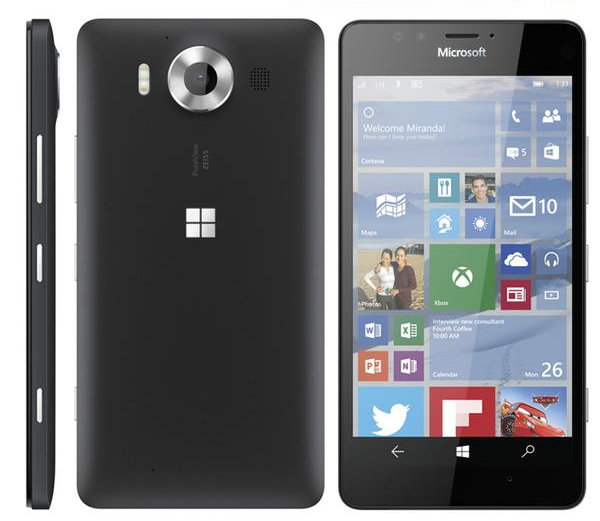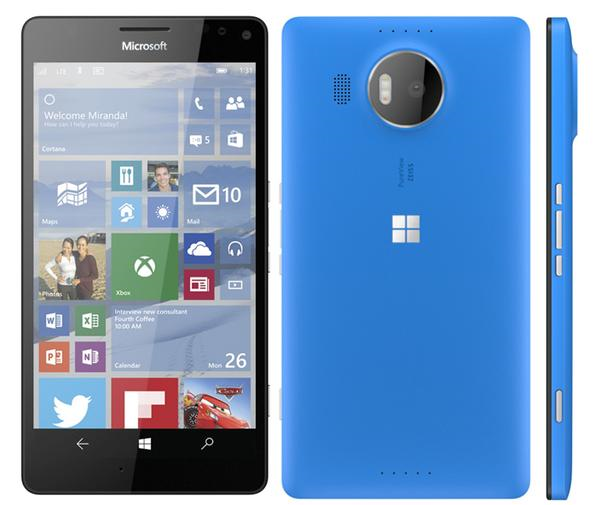
For those in India waiting for low-cost Lumia smartphones that come packed with the latest Windows 10, there is still some time as the company is now focussed on re-branding and launching new generation smartphones to take on big players, a top Microsoft executive has said. “We are sort of re-building so we will start high. New generation smartphones first and then you will see a scale overtime,” Steve “Guggs” Guggenheimer, the chief evangelist at Microsoft Corporation, told IANS in an interview here. “I do not have a timeline for new range phones as of now. One step at a time and you can assume it to be logical for us to scale the Lumia line to other price points over time,” Guggenheimer told this reporter on the sidelines of “Think Next 2015” – a day-long event that brought innovation and technology leaders under one roof in the capital this week. Watch video of Microsoft Lumia 950 and 950 XL In a one-on-one interview, Guggenheimer, corporate vice president of Microsoft’s Developer eXperience & Evangelism (DX) group, also talked about new features and Microsoft’s future plans with upcoming Lumia 950 and 950 XL smartphones for the Indian market. “Lumia has stretched from really low end to medium to high. The truth of the matter (of introducing high-end costly phone) is that globally, the company that takes the most margin for phones is Apple. We want to put a little dent in that,” added the executive who is responsible for enabling the development of industry leading applications and services globally across devices. Microsoft, which bought Finnish teleco Nokia last year, has launched two models of Lumia – 950 and 950XL smartphones with Windows 10 – for the Indian consumers. Priced at Rs 43,699 and R .49,399, both models are available at the company’s resellers, retail chains of Croma, Reliance and Sangeetha and Microsoft Store on Amazon.in. Also read: Microsoft Lumia 950, 950 XL first impressions: Display Dock is the big advantage While discussing the app crunch that Lumia users face, the soon-to-be-released Microsoft Office 2016 and use of technology in sports, Guggenheimer said it could differ from user to user. “If you use the phone as a business tool, the way our phones work with Microsoft Office, the way it helps users create calendar and emails and all those things seamless is awesome,” he told IANS. Shedding light on the new “Continuum” feature for phones, he said this new feature is a big-time productivity tool. “The unique Continuum feature makes you use your phone as your primary device. I can attach my phone to a keyboard or a mouse or a monitor and use it like a PC. It does the same work with the same output. For a country that is mobile first, the new phone offers a unique option to act as a personal computer,” he explained. When asked about the solution to the crunch of famous apps in Windows app store, he stated that there are very less Windows-based phones and “asking developers to make an app for a phone becomes hard sometimes”. Must see: Microsoft Lumia 550 with Windows 10 OS goes on sale “I wish I had a date. Part of the reason is due to the universal app model (that) is to give developers good reasons to build experiences from PC to TV to phone. So if we just go to a developer and ask to make an app for phone, it becomes hard sometimes, but if you say please make an app for Windows that works on phones, tablets and PCs, that’s actually an easier conversation,” he told IANS. Talking about the new Office 2016, Guggenheimer said it not only gives you a fresh client version with new features in email, outlook and excel but also allows you to update on a regular basis. “Ultimately you are sort of getting a mix of traditional client service and cloud mobile version,” he explained. The “Think Next 2015” forum not only saw the participation of more than 800 delegates from leading companies, investors, thought leaders and delegates from Microsoft who partnered to push the collaborative innovation agenda for the ecosystem but also witnessed the graduation of Microsoft Ventures’ Winter batch 2015.










































